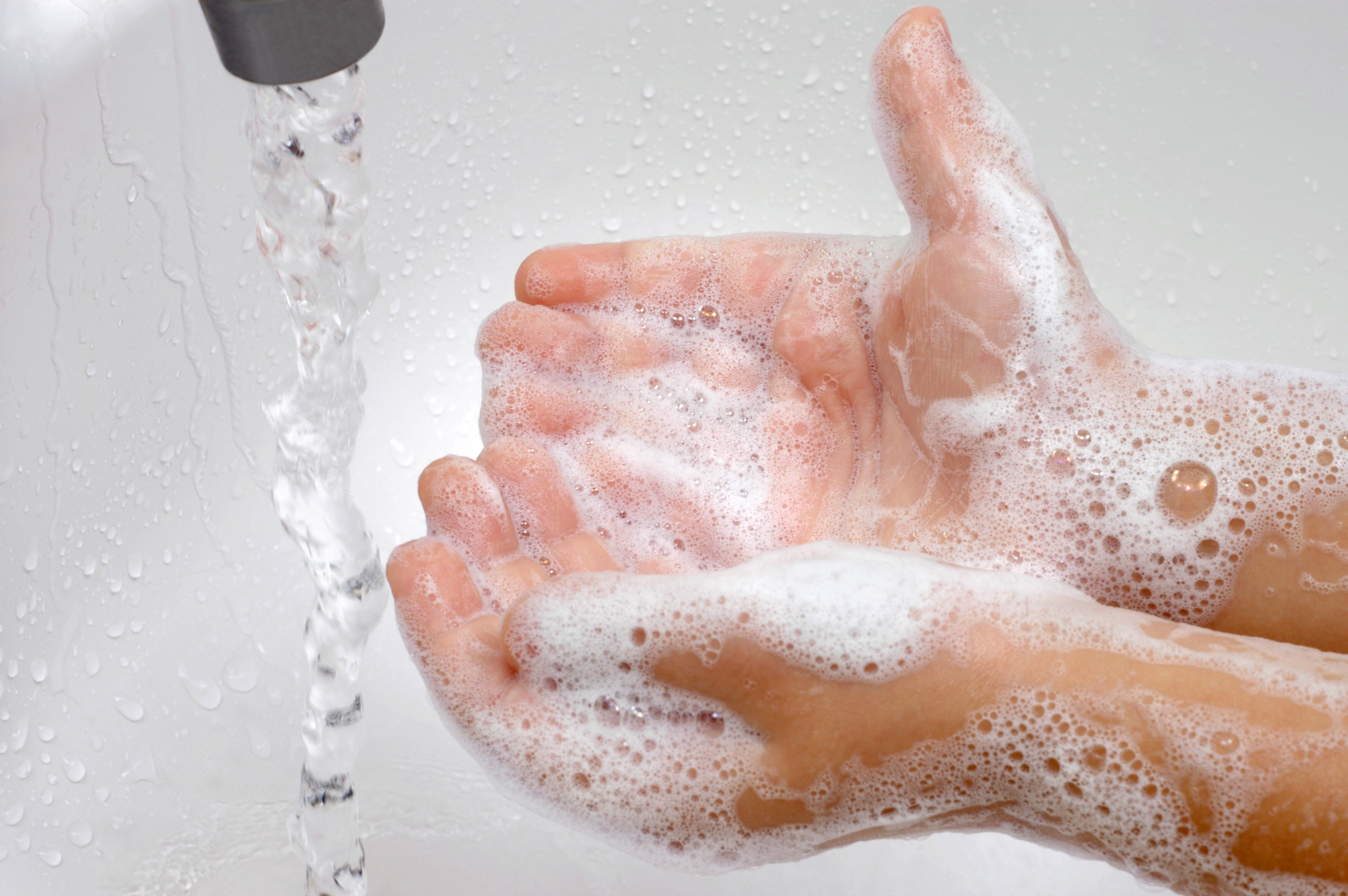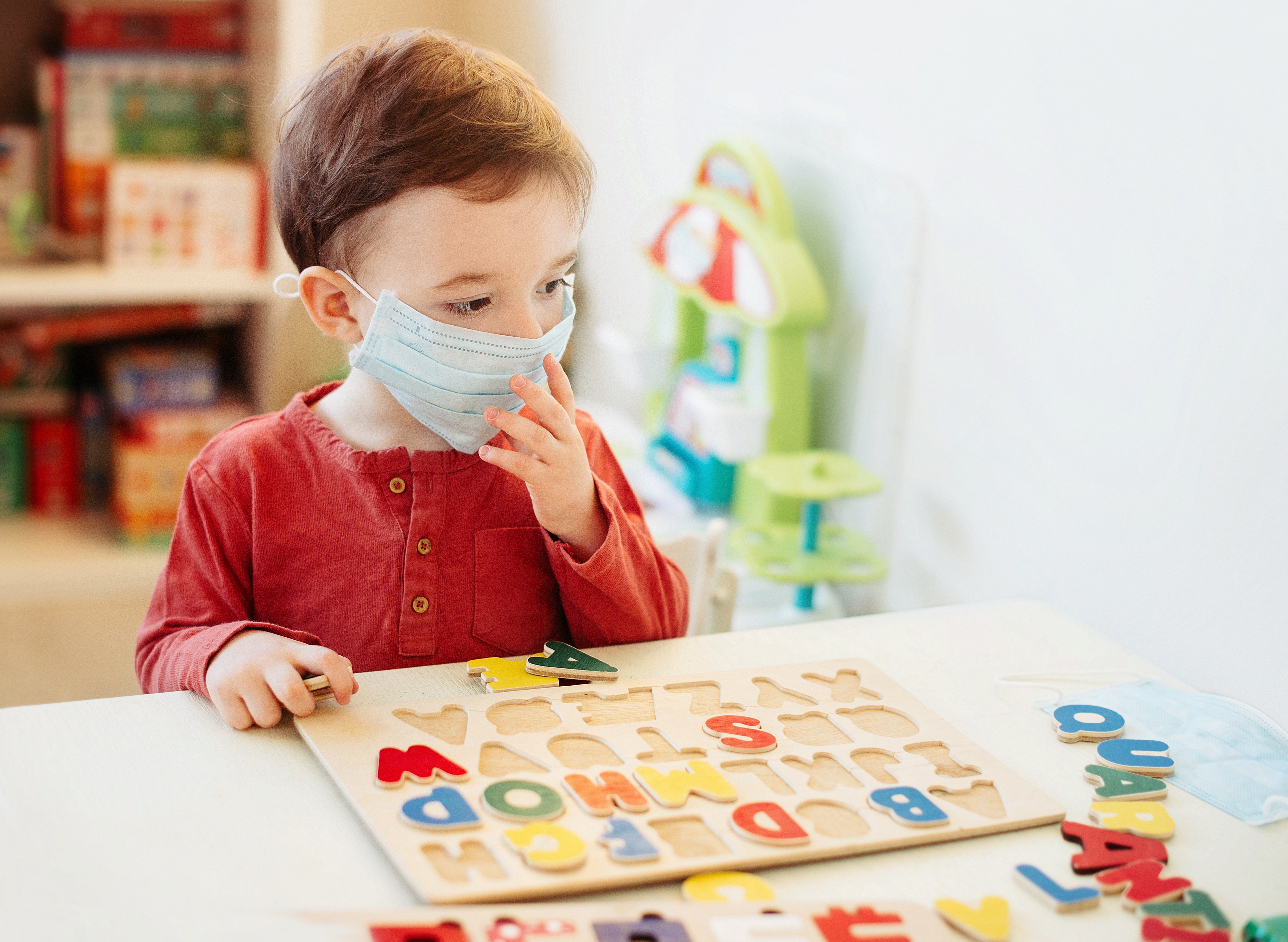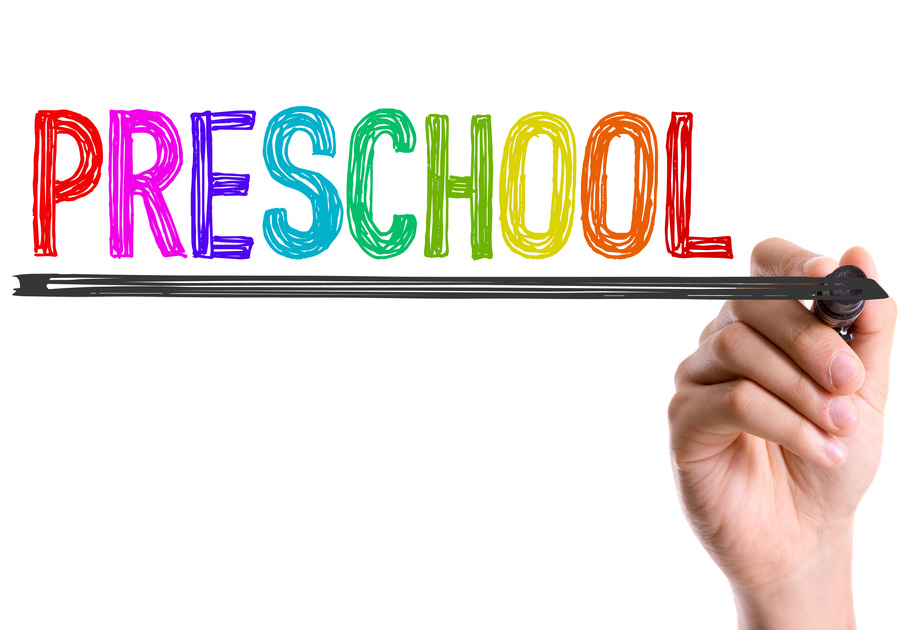The Fall is here and many young children are back to school in local preschools and childcare centers. Yes, things are a little different this year, but the overall preschool and pre-k experience is still the same. Children are learning to play cooperatively, broadening their experiences, and learning foundational skills to get them ready for reading as well as engaging in early math and science activities.
This year, due to new guidelines to limit the number of people children are exposed to, schools organize in small groups of fifteen or fewer children who stay with the same teachers each day. Because children stay in their small group, or “pod”, they can play naturally with their classmates, and are not forced to stay socially distant. However, high contact play such as wrestling, hugging and playing tag are discouraged. |  |
Social interactions for preschoolers are so important – especially after having been quarantined at home for several months. The preschool and Pre-K years (age 2 – 5 years) are an important time for young children to develop social skills such as learning to make friends, how to share , take turns and resolve problems collaboratively. These skills take lots of practice, and are important to try out with all different people: peers, teachers and family members.
What other steps are being taken to keep children and school staff safe and healthy at Preschool?
· Children 2 years and older are being encouraged to wear a face covering (mask). (By the way, children do not seem to mind this- it has become part of the routine, and they forget all about it!)
· Teachers and staff are wearing masks.
· Children and staff wash their hands lots and lots of times.
· Toys are washed multiple times a day, and surfaces are sanitized multiple times daily, too.
· Children stay in their small group, and do not mix with other groups of children.
· Children each have their own box of art supplies, rather than sharing from a bin of crayons and pencils.
· Health screening questions are asked at drop off, as well as temperature checks being done for all children and staff.
· No visitors are allowed inside the building – including parents. This limits the possibility for increased exposure.
 |  |  |
What can children still do in Preschool – even with the new changes we are all experiencing?
· Play in the block center with a friend, using teamwork, engineering, creativity, and planning skills.
· Play in the dramatic play center with a friend, creating play scenarios, practicing conversation skills, role playing and thinking creatively.
· Explore in the Science center to find out about the world around us, using tools such as binoculars, magnifying glasses, a scale, and working with magnets, colors, and more.
· Enjoy story time and teacher led intentionally planned lessons.
· Sing songs, dance, and play musical instruments.
· Create art with a variety of materials such as paints, crayon, markers, collage, colored pencils, and recyclables.
· Enjoy the math center by counting objects, creating patterns, doing puzzles, sorting and categorizing by shape, size color and other attributes.
 |  |  |
The new health and safety protocols have not gotten in the way of all the experiential learning and fun! Instead, these safety measures have made it possible for preschool to go on, and allowed children to be with their friends and teachers to continue to develop and grow.
|  |


